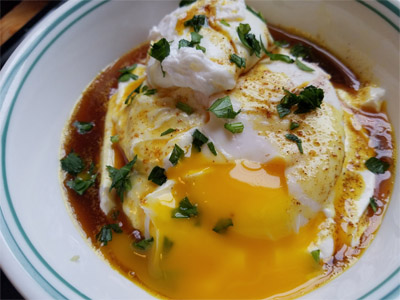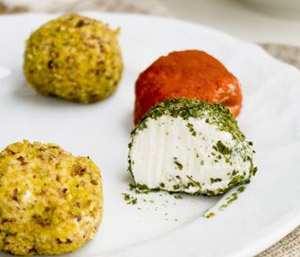Tanishite Weddings
Marriage among the Tanishites has more focus on business or political connections than love, but a strong romance between people uniting for pragmatic reasons is always seen as the goal. This is especially true in poorer families, where there aren't enough assets in either family to make a father's decision more complex than who would make his daughter happiest.
Weddings take place at the groom's family home, during the middle of the day. Tables are set up outside, usually in a courtyard or patio area. Summer weddings are sometimes inside if they can't find a shady area to avoid the sun. The area will be decorated with flowers, and the low round tables have the finest cushions for seating. A table for the bride and groom is at the front of the party.
Guests arrive first. Friends and relatives, and often the entire village if it's small enough, are seated and enjoy the a la carte food distributed among the tables. Then, the bride and groom arrive. The bride will be escorted by her father, and meets the groom at the edge of the collection of tables. They stand upon a red rug, usually woven by the bride's mother and aunts and placed upon the dirt ground. The father lets go of his daughter's arm and she steps upon the rug with the groom. While standing there together, the groom places a scarf upon the woman's head, holds her hands, and declares "You are my wife."
The newly married couple walks arm in arm to the head table. Their families sit at nearby tables, but they have theirs alone. They sit side by side, facing the guests. While the rest of the guests have a typical Tanishite meal, the bride and groom are served 5 courses symbolic of what they will need for a successful marriage. The dishes are traditionally served by an elderly married woman, usually the bride's grandmother, aunt, or other relative.
 Sun cakes: Dough filled with dried fruit and nuts, stamped with a sun, and then fried in fat. These little cakes are made to resemble coins and are supposed to bring the couple wealth and prosperity.
Apples and honey: Finally, the meal ends with a platter of apple slices drizzled with honey. This is shared between the two of them and represents the sweetness of companionship and the good times they will have together.
Sun cakes: Dough filled with dried fruit and nuts, stamped with a sun, and then fried in fat. These little cakes are made to resemble coins and are supposed to bring the couple wealth and prosperity.
Apples and honey: Finally, the meal ends with a platter of apple slices drizzled with honey. This is shared between the two of them and represents the sweetness of companionship and the good times they will have together.
The Courses
Usually, especially with upper class weddings, the meal is accompanied by a variety of smaller, but these 5 courses must be brought out sequentially. Traveller's rations: The meal begins simply, with a few strips of jerky and a handful of nuts and dried berries. These are staples on convoys across the desert due to how long they last. The newlyweds begin the feast with this to symbolize the lifelong journey they are embarking on together.
Çilbir by Lynx
Poached eggs with yogurt: A bowl of thick yogurt topped with a poached egg. Melted butter is drizzled on top and seasoned with pepper. The eggs represent fertility and the hope of having many healthy children.
Goat sausages and labneh: Both bride and groom are presented with a plate containing a large sausage of minced goat and a variety of spices. Also on the plate are two large labneh balls, either plane or coated in nuts/herbs as the chef desires. This dish symbolizes love and passion. It's usually served with quite a few winks from the older women,
and it's become tradition to try to make the bride blush with this dish, with bonus points if you get the groom to blush, too (usually accomplished by some form of comment about "hoping you live up to the goat")
After the Feast
When the meal is over, the groom thanks everyone for joining and leaves with the bride. It is very rude to leave the meal before the couple does. The newlyweds will go back to the groom's house, where they will live with his parents until they find/can afford a place of their own.
Related Ethnicities



